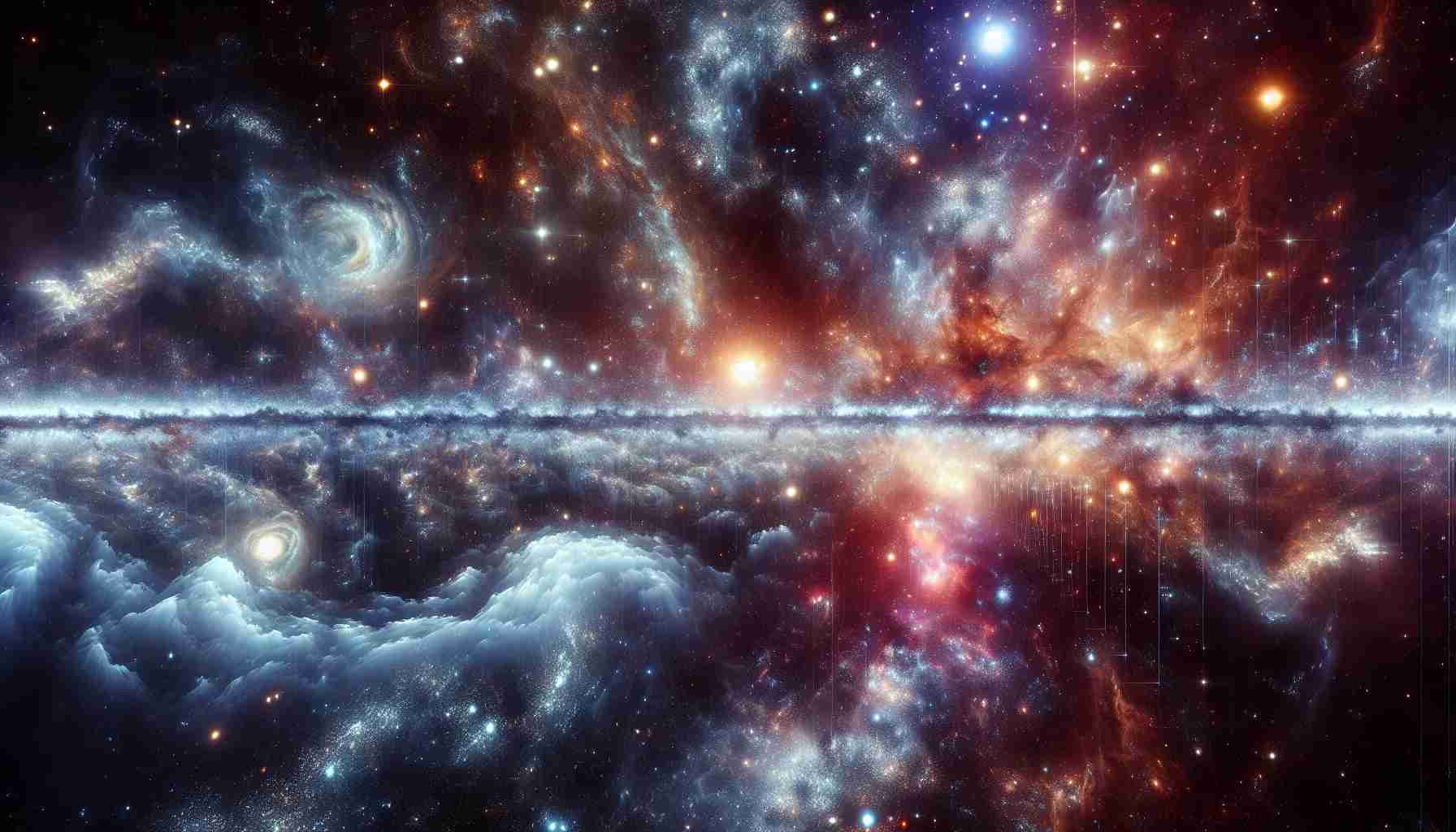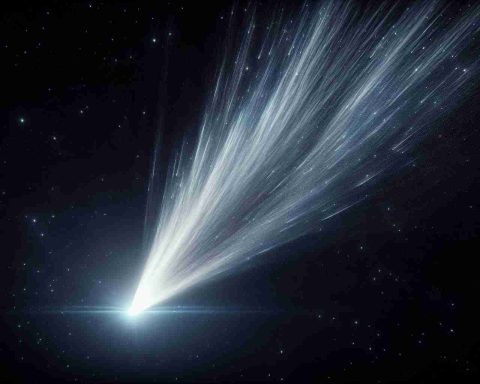- The Hubble Space Telescope captured a stunning image of supernova SN 2022aajn, located 600 million light-years away.
- SN 2022aajn is a Type 1a supernova, crucial for measuring cosmic distances due to its consistent intrinsic brightness.
- Type 1a supernovae form the backbone of the Cosmic Distance Ladder used in astronomy.
- Challenges in distance measuring arise from dust that can obscure the observed brightness of supernovae.
- Professor Ryan Foley leads a new initiative to observe 100 Type 1a supernovae, aiming to enhance distance measurements.
- The research involves observing across various wavelengths to minimize errors caused by cosmic dust.
Prepare to be amazed! The Hubble Space Telescope has captured a breathtaking image of a supernova, designated as SN 2022aajn, exploding in a galaxy 600 million light-years away. This magnificent cosmic event isn’t just a pretty picture; it plays a vital role in our understanding of the universe.
SN 2022aajn is classified as a Type 1a supernova, hailed by astronomers as a “standard candle.” These celestial explosions offer astronomers a reliable means to measure vast distances across the cosmos, forming the backbone of the Cosmic Distance Ladder (CDL). The key to their reliability? They emit a consistent intrinsic luminosity, allowing scientists to compare this with what we observe from Earth.
However, the journey to accurately gauge distances is mired in challenges. Reddened light from dust and cosmic debris can obscure a supernova’s true brightness, leading to miscalculations. As Professor Ryan Foley from UC Santa Cruz leads a new observing program, the Hubble is set to study 100 Type 1a supernovae using advanced techniques to sift through this cosmic dust.
Foley’s revolutionary approach seeks to unravel the complexities between dust interference and intrinsic luminosity by observing across multiple wavelengths—from ultraviolet to near-infrared. This method promises to refine our measurements, reducing systemic errors that blind us to the true distances of distant galaxies.
Join in the excitement of space exploration as science inches closer to mastering the cosmic scale of our universe! Understanding the fabric of space-time starts with accurately measuring those sparkling supernovae—and the Hubble is at the forefront of this quest!
Unlocking the Secrets of the Cosmos: Hubble’s New Supernova Discovery!
Understanding SN 2022aajn and its Cosmic Importance
The Hubble Space Telescope has unveiled an awe-inspiring image of the Type 1a supernova designated SN 2022aajn, located 600 million light-years from Earth. This remarkable celestial event is pivotal for astronomers as Type 1a supernovae serve as “standard candles,” allowing for accurate measurements across vast cosmic distances. Their consistent intrinsic brightness is essential for the Cosmic Distance Ladder (CDL), a crucial framework in understanding our universe’s scale.
Innovative Techniques to Overcome Challenges
A significant challenge in measuring distances to supernovae is the interference from cosmic dust and debris, which can distort the light emitted from these explosions. Professor Ryan Foley from UC Santa Cruz is pioneering a new program to meticulously study 100 Type 1a supernovae. By employing advanced observational techniques that span multiple wavelengths—including ultraviolet and near-infrared—this project aims to mitigate the errors caused by dust interference and enhance the accuracy of distance measurements.
Recent Insights and Market Trends in Astronomy
The investigation of supernovae like SN 2022aajn illustrates a broader trend in astronomy and astrophysics as researchers emphasize the necessity of interdisciplinary approaches. As technology advances in observational techniques and data analytics, the field is witnessing an influx of innovative methods that enhance our understanding of cosmic events.
Key Questions About Type 1a Supernovae
1. What distinguishes Type 1a supernovae from other types?
Type 1a supernovae occur in binary star systems where one star is a white dwarf. When the white dwarf accumulates material from its companion star, it eventually triggers a runaway nuclear reaction, leading to an explosive outburst. This process results in a consistent peak brightness, allowing astronomers to utilize them for distance measurements across the universe.
2. How does dust affect supernova observations?
Cosmic dust can absorb and scatter light, leading to a phenomenon called reddening, where the observed light appears dimmer and redder than it is. This distortion complicates the ability for astronomers to accurately gauge the supernova’s intrinsic brightness, skewing distance calculations.
3. What future predictions can we make regarding supernova research?
As observational technologies and techniques continue to improve, we can expect increasingly refined distance measurements, offering clearer insights into the expansion rate of the universe and the nature of dark energy. The collaboration between various observatories and advancements in algorithms will likely lead to breakthroughs in understanding the fundamental aspects of cosmology.
Related Links
For more exhilarating discoveries in the field of astronomy, explore the following link: NASA.


















